
-
Updating Roman Jakobson’s ‘Poetic Function’ with Vector Semantics
Read more: Updating Roman Jakobson’s ‘Poetic Function’ with Vector SemanticsKurzynski discusses how poetry extends beyond sound and rhythm and taps into a deeper network of meanings.


Kurzynski discusses how poetry extends beyond sound and rhythm and taps into a deeper network of meanings.
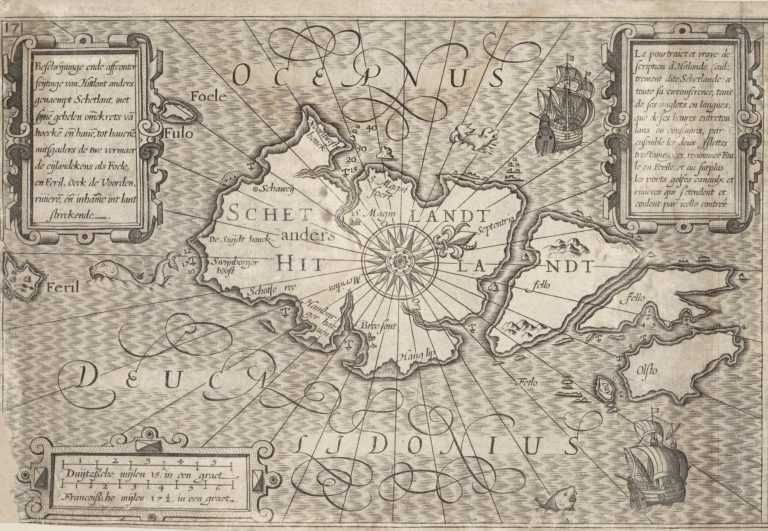
Douglas Cawthorne on the mystery of the maritime petroglyph and its possible use in North Sea trade networks
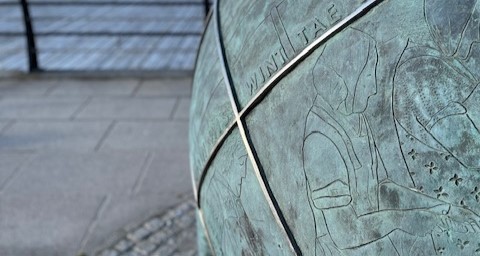
Véronique Molinari explores how four people united forces to help young Shetlanders emigrate to Australia
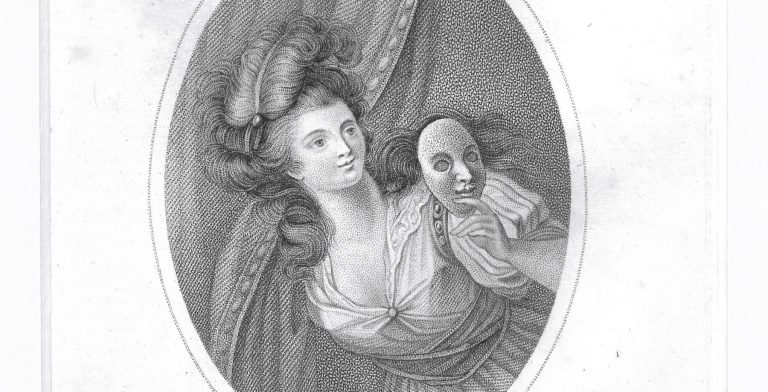
Caroline Breashears introduces the theatre star and political insider who may have influenced one of the greatest 18th century philosophers
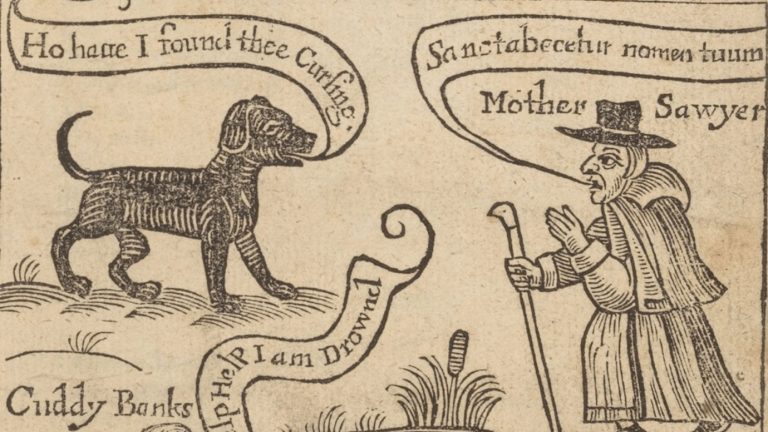
From royal gifts to diabolic manifestations, Nicole Maceira Cumming explores the varied ways dogs appear in the historical record
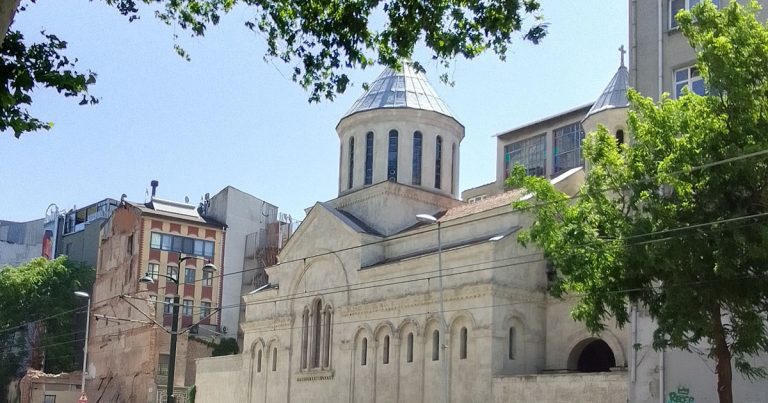
Masayuki Ueno re-evaluates how the Ottoman Empire managed religious minorities from the early days of the empire to the nineteenth century.
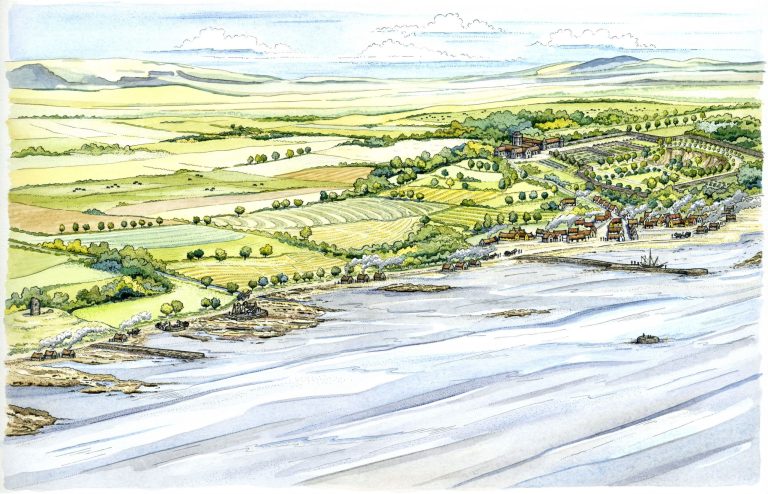
Donald Adamson and Robert Yates on the revolutionary 'Moat Pit' of Sir George Bruce, and the global significance it brought to industry in Culross
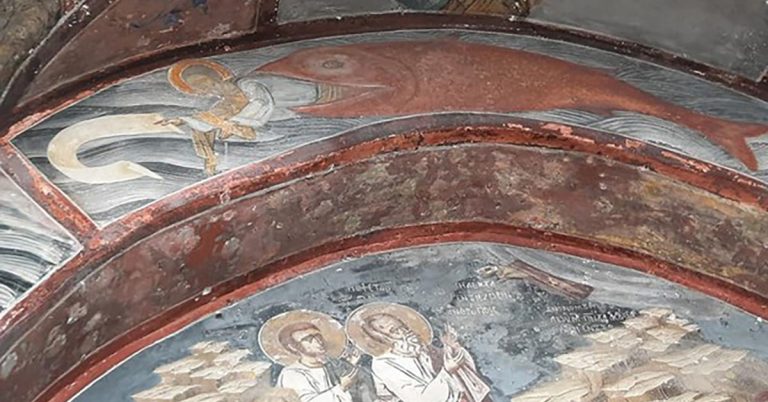
Michail Theodosiadis explores what the European Union can learn from the transcendent values of the Byzantine Empire.
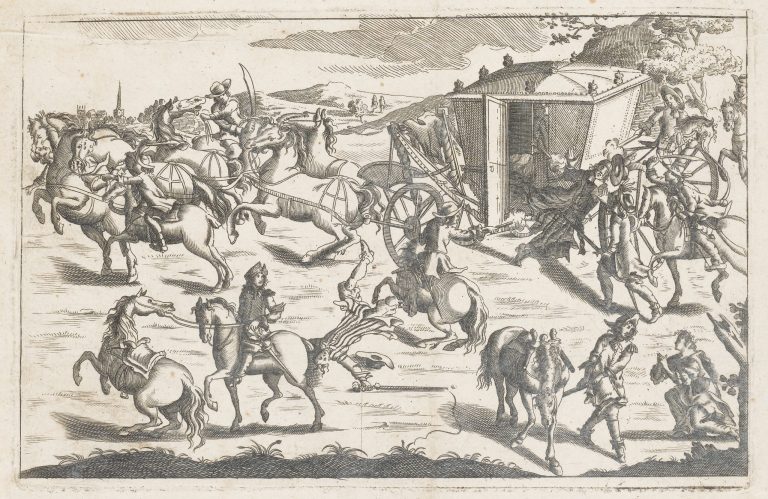
Allan Kennedy gives an introduction to criminality in 17th-century Scotland with four infamous crimes.

For this International Women’s Day, editor Ben Fletcher-Watson celebrates five trailblazing women who dared to make history